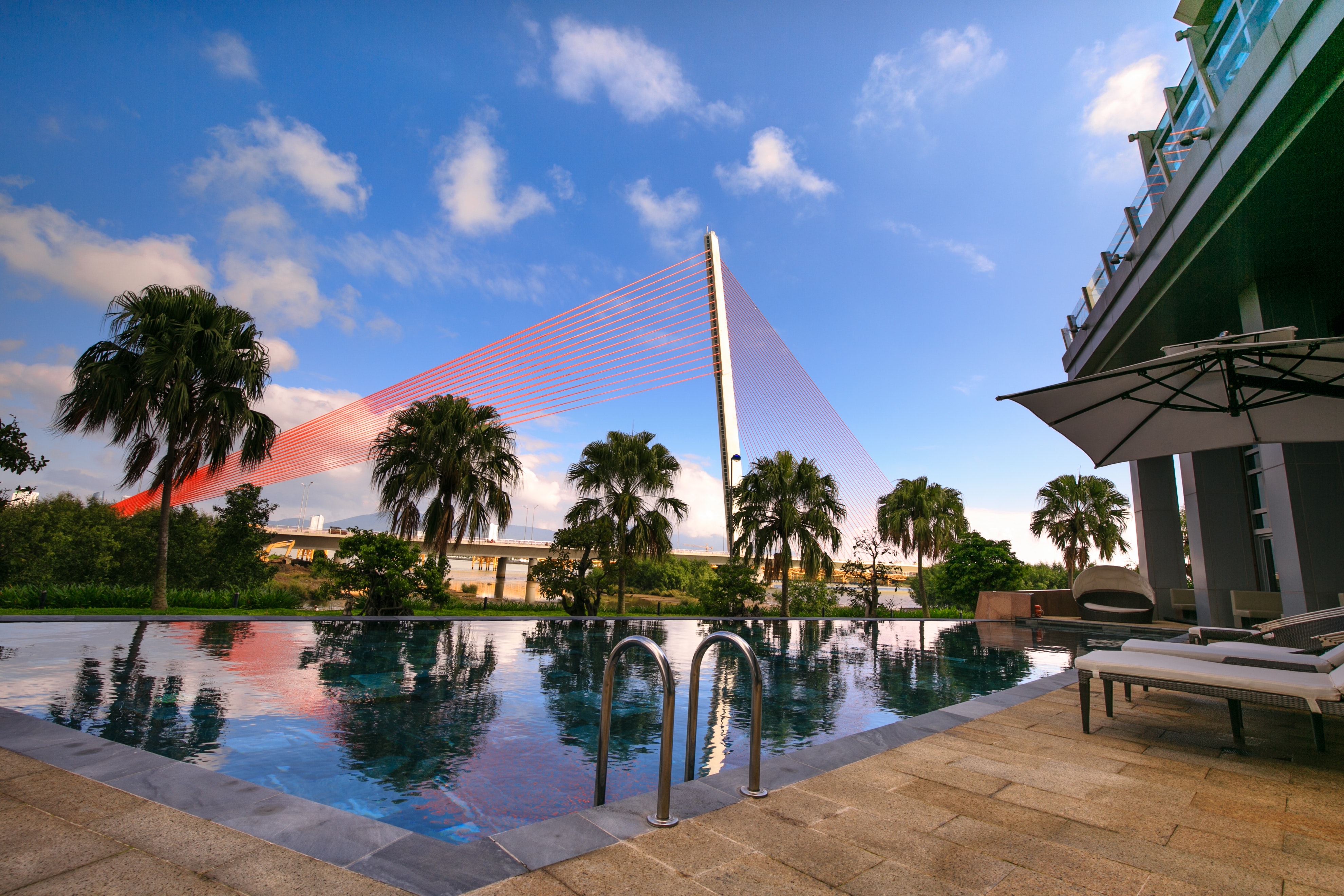Nguyễn Văn Trỗi / Trần Thị Lý Bridge - History and Significance
Posted by Paul Macnicol on 5th Dec 2019
The new Trần Thị Lý Bridge was recently built alongside the original Nguyễn Văn Trỗi bridge (The older, yellow bridge) which is now a footbridge for tourists to admire the newer Bridge.
While the original bridge was built by the Americans in 1965 and served as the only connection to the east side of Danang for many years, it was quickly renamed the Nguyễn Văn Trỗi bridge (and the street leading to it) after the war, in remembrance of the great Communist hero Nguyễn Văn Trỗi.
It is customary in Vietnam to name streets, parks and monuments after Vietnamese heroes who protected the country while they were alive, in the belief that they will continue to watch over the country from the afterlife - therefore, there are many Nguyễn Văn Trỗi bridges and streets throughout Vietnam, the most notable being the Nguyễn Văn Trỗi bridge, Street, and Pagoda in Saigon where he originally achieved infamy.
Nguyễn Văn Trỗi was a resistance fighter during the war and was caught red handed at the Saigon bridge which now bears his name, attempting to lay explosives to blow up the bridge while American Secretary of State Robert McNamara's motorcade passed.
The trial caught international attention, as it was the first time a Vietnamese citizen was to be sentenced to death by the brand new South Vietnamese government, whom had only recently been installed by the Americans and was yet to receive the legitimacy of international recognition by many other nations.
After his death by firing squad, Trỗi became recognised as a Martyr for the Viet Cong cause and was celebrated nationally and internationally, with famous anti war activist Jane Fonda naming her son "Troy" after Nguyễn Văn Trỗi.

Similarly, Trần Thị Lý became a household name in Vietnam after escaping from the torture cells of the South, to receive acclaim for her stoicism in the face of unspeakable evil. When the new bridge was built to replace the old bridge, Trần Thị Lý was a natural choice for the naming of the bridge, but the local Danang residents couldn't say goodbye to the old bridge which provided not only a connection to the other side of the river for so long, but also a connection to the past. It remains as a reminder of the stoicism of the Vietnamese people despite being built by the enemy, and is named after a man who tried to blow up a bridge - an unreal history that the locals don't want to forget.
